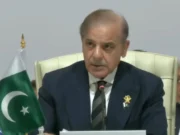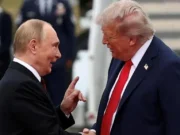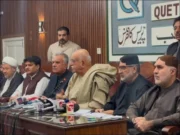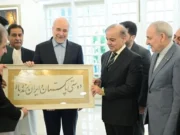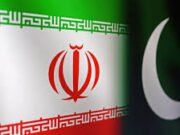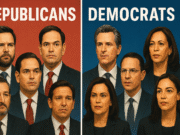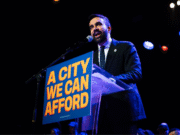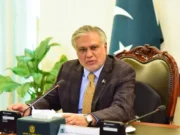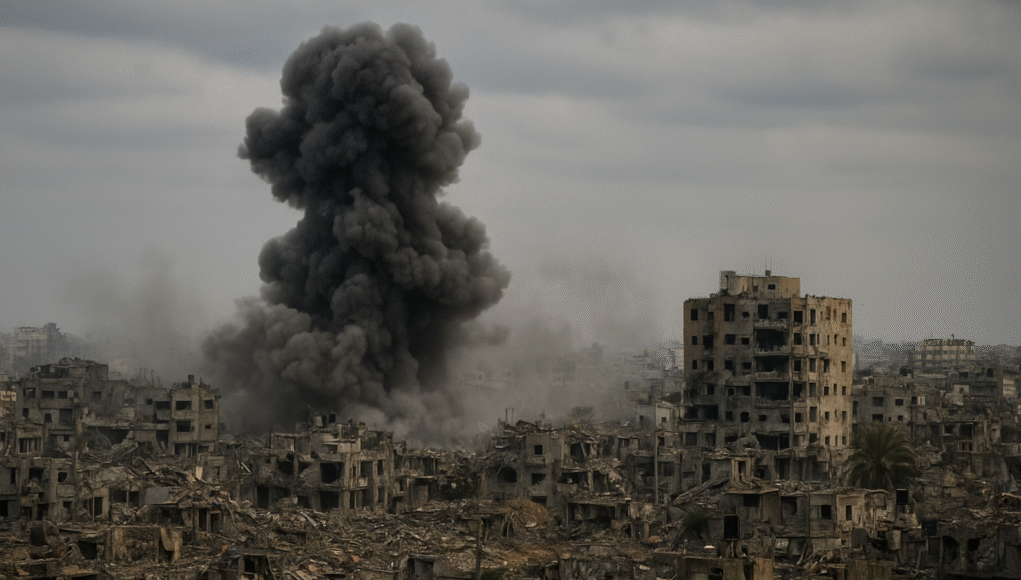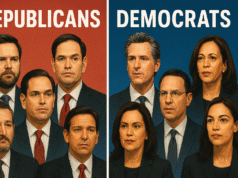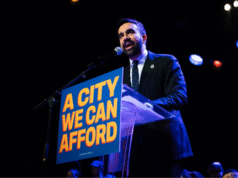RAMALLAH / GAZA CITY, Oct. 9 — A new ceasefire in Gaza is expected to take effect within days after U.S. President Donald Trump announced that Israel and Hamas have formally agreed to the first phase of his 20-point peace plan — the most significant diplomatic breakthrough since the war began two years ago.
The deal, reached after three days of indirect negotiations in Egypt, promises the release of hostages, a partial Israeli withdrawal, and the entry of large-scale humanitarian aid into the besieged enclave.
But as the fighting pauses, attention is turning to who will govern Gaza next, with the Palestinian Authority (PA) seeking a central role despite being sidelined in Trump’s plan and facing resistance from Israel.
Ceasefire and First Phase Details
Trump said both sides had “signed off on the first phase” of his proposal, which he described as a path toward a “Strong, Durable, and Everlasting Peace.”
Under the plan, all hostages held by Hamas will be released in stages, while Israeli forces withdraw to an agreed line controlling about 53% of Gaza, according to U.S. and Israeli officials.
The ceasefire is expected to take effect within 24 hours of cabinet approval in Jerusalem. The Israeli security cabinet is scheduled to meet Thursday evening, followed by a full government vote.
In the first stage, Hamas is to release 20 living captives and the remains of 28 deceased hostages. Israel, in turn, will free around 250 Palestinian prisoners serving life sentences and 1,700 detainees from Gaza.
Aid deliveries — up to 600 truckloads per day — will begin once the truce holds, addressing famine conditions verified by UN-backed experts in August.
“This is the first concrete step toward ending two years of bloodshed,” a senior U.S. official said on background. “Implementation, however, will be the true test.”
Gaza’s Future Governance: A Contested Question
Trump’s plan lays out a vision for post-war governance led by a technocratic Palestinian committee under international supervision — chaired by a ‘Board of Peace’ involving Trump himself and former UK Prime Minister Tony Blair.
The plan foresees Gaza’s demilitarization, with all militant infrastructure dismantled. Hamas members who disarm would be offered amnesty or safe passage abroad. Eventually, authority would transition to a reformed Palestinian Authority, though Hamas would be excluded from governance.
However, Palestinian officials insist that the PA must play a central role from the outset.
“We’re already there,” Palestinian Prime Minister Mohammad Mustafa told reporters in Ramallah, referring to the Authority’s ongoing financial and administrative presence in Gaza, including payment of salaries and oversight of essential services.
“It’s one thing to have temporary arrangements to monitor things,” he said, “but another to actually govern and get things done.”
PA Seeks Arab and International Backing
The Palestinian Authority, led by President Mahmoud Abbas, has been courting Arab and Western support to strengthen its claim to oversee Gaza’s reconstruction and reintegration.
Arab states such as Egypt, Jordan, Qatar, and Saudi Arabia have expressed support for reuniting the West Bank and Gaza under PA leadership. A Saudi-French proposal, circulated before Trump’s deal was announced, also envisioned the PA leading a transitional administration with an international stabilization mission deployed at its invitation.
The PA has pledged reforms to improve governance, combat corruption, and prepare for future elections — moves that have won it renewed recognition from several European governments in recent months.
“Many countries, including Arab states, believe the PA must be in charge of Gaza because they know it’s the only practical way forward,” Mustafa said.
Israel’s Reluctance and Hamas’s Calculations
Israeli Prime Minister Benjamin Netanyahu has opposed restoring PA control in Gaza, accusing the Authority of incitement and rejecting its calls for statehood.
In a speech at the UN last month, he said Palestinian textbooks “teach children to hate Jews and destroy the Jewish state.”
Nonetheless, some Hamas officials have signaled openness to a PA-led transitional body, describing it as preferable to direct foreign oversight.
Under the Trump plan, Gaza’s security forces would be trained by Egypt, with 10,000 vetted Palestinian recruits forming the nucleus of a new police force. The PA says 5,500 officers have already been nominated.
Reconstruction and Economic Recovery
The reconstruction of Gaza is central to Trump’s broader peace framework. Updated World Bank estimates put rebuilding costs at $80 billion, nearly four times the combined GDP of Gaza and the West Bank in 2022.
Prime Minister Mustafa, a former World Bank official, has scheduled a Gaza Reconstruction Conference in Cairo one month after the ceasefire begins, with Egypt’s support.
The U.S. plan envisions a “Trump Economic Development Initiative” — a multinational effort to rebuild Gaza’s infrastructure and economy through private investment and international aid.
Looking Ahead
If implemented, Trump’s deal would mark the most extensive diplomatic effort to end the Gaza conflict since 2023.
Yet key challenges remain: Hamas has not agreed to disarm, the PA faces a crisis of legitimacy, and Israel’s timeline for a full withdrawal remains undefined.
For now, the coming ceasefire and prisoner exchanges represent a fragile step toward peace — one that could reshape Gaza’s political landscape and determine the future of Palestinian self-governance.


